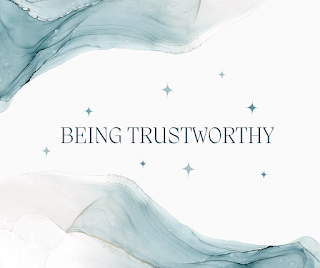The Soft Answer

Modern researchers on Marriage tell us that conflict in Marriage is normal, and the most common negative behavior is criticism or negatively attacking the character or personality of another person. While it certainly is a good idea to talk together about the issues that bother us with our spouse, how we bring up these issues makes all the difference. The way we introduce these issues pretty much controls the outcome of the conversation. Research by Dr. John Gottman shows that the way in which a conversation begins 96 % of the time will determine how the conversation will end. If we begin with a very negative approach and choose a bad time to bring up the issue, it will inevitably not go well. In a saying attributed to Solomon, the book of Proverbs reminds us, "A soft answer turns away wrath, but a harsh word stirs up anger" (Prov 15:1). The soft answer advice is what Dr Gottman calls a Soft Start-Up. Imagine someone saying to their spouse as they head out the door for work,...




